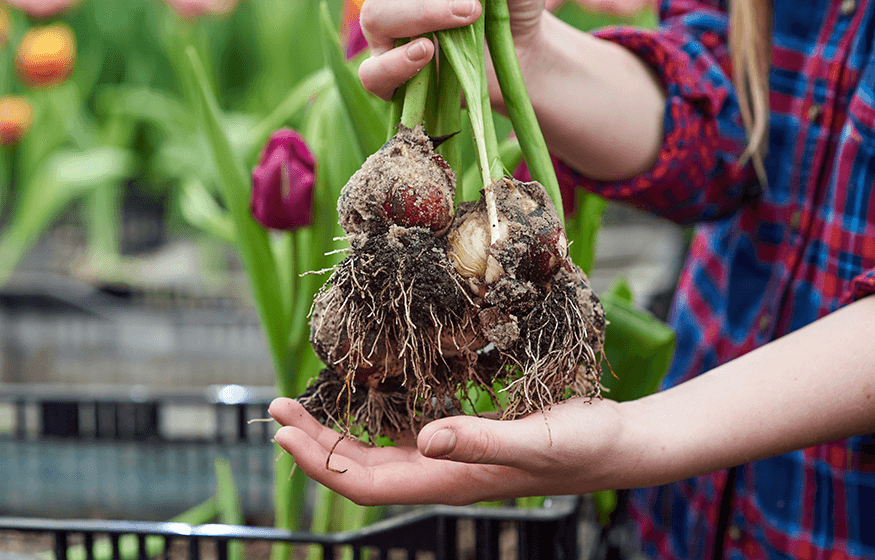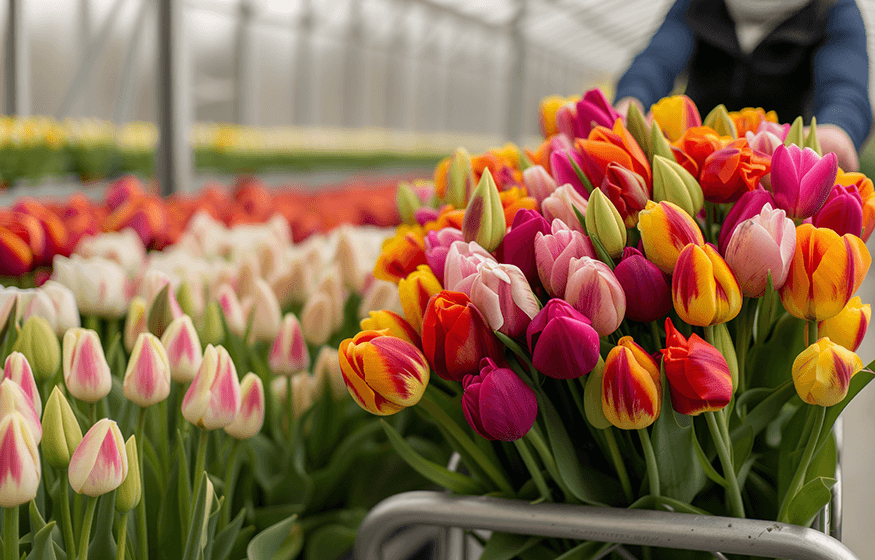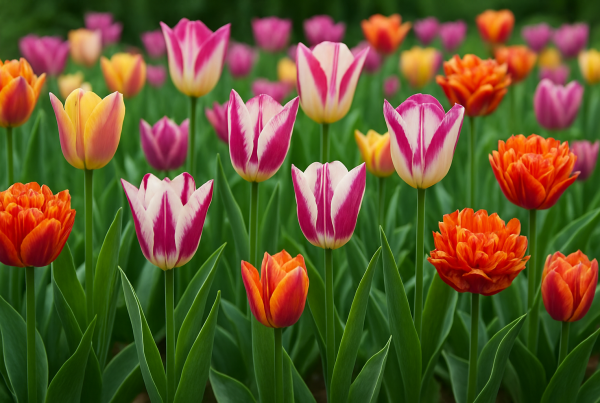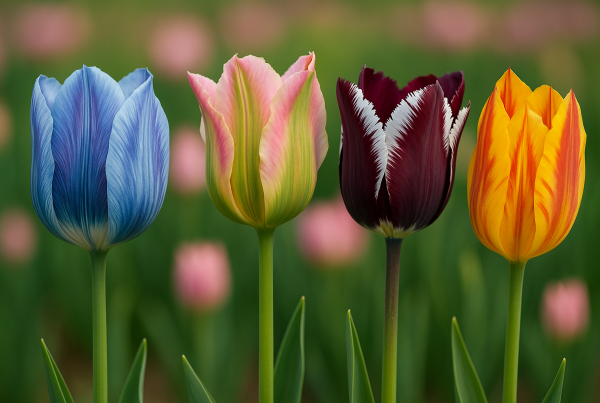Growing tulips is a rewarding experience that brings vibrant colours and delicate beauty to any garden. While tulips are relatively easy to cultivate, understanding the key steps in planting and care will ensure that your tulips bloom to their full potential. Whether you’re a beginner or an experienced gardener, this guide will walk you through the process from bulb selection to seasonal maintenance.
Mastering the Art of Tulip Cultivation
Your Complete Guide to Growing and Caring for Tulips
The Essentials of Growing Beautiful Tulips


Creating a Blooming Masterpiece
In this section, you’ll learn about the best practices for planting tulips, how to care for them throughout the year, and expert tips to avoid common pitfalls. With the right knowledge, you can create a stunning tulip display that will be the envy of your neighbourhood
Step-by-Step Guide to Planting Tulips
The key to successful tulip cultivation starts with proper planting. Follow these steps to ensure your tulips have the best start:

Seasonal Care Tips
Tulips require different care depending on the season. Follow these seasonal tips to keep your tulips thriving year-round:
Spring
As tulips bloom, deadhead spent flowers to prevent seed formation, which can weaken the bulb. Leave the foliage intact until it turns yellow and withers, as this allows the bulb to store energy for the next growing season.
Summer
Rotate tulip planting spots each year to prevent soil-borne diseases. Avoid replanting tulips in the same location consecutively.
Autumn
Plant a mix of early, mid, and late-blooming tulips to keep your garden colourful throughout the entire spring season.
Winter
Use insecticidal soap for aphids and chicken wire or bulb cages to protect tulips from pests like squirrels and other animals.
Selecting and Storing High-Quality Bulbs
The quality of the tulip bulbs you choose will directly affect the health and beauty of your tulips. Here’s how to select and store bulbs for the best results:
Selecting Bulbs
When purchasing bulbs, choose those that are firm and free from blemishes. Avoid bulbs that are soft, mouldy, or have any signs of damage. Larger bulbs typically produce larger and more vibrant flowers.
Storing Bulbs
If you’re not planting bulbs immediately, store them in a cool, dry, and well-ventilated area. Avoid storing bulbs in plastic bags, as this can lead to moisture buildup and rot. Instead, use paper bags or mesh sacks.
Pro Tips to Maximise Your Tulip Garden’s Potential
Even seasoned gardeners can benefit from expert advice. Here are some additional tips to help you get the most out of your tulip garden:
Your Questions About Tulip Cultivation Answered
Still have questions? Here are answers to some of the most common questions about growing tulips:
How deep should I plant tulip bulbs?
Plant tulip bulbs 6 to 8 inches deep, with the pointed end facing up.
Can tulips grow in pots?
Yes, tulips can be grown in pots as long as the pots have good drainage. Use a well-draining potting mix and plant the bulbs close together for a full display.
When should I fertilise my tulips?
Fertilise tulips in the fall when planting bulbs and again in early spring when growth begins. Use a balanced, slow-release fertiliser for best results.
What should I do with tulips after they bloom?
After blooming, deadhead the flowers and allow the foliage to die back naturally. This helps the bulb store energy for the next year’s growth.

Tulip Talk: Blooming Insights and Tips

Discover the latest advancements in eco-friendly tulip cultivation techniques and sustainably grown tulip varieties near you.





